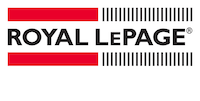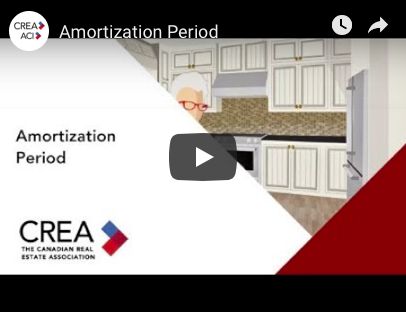What is mortgage portability?
Most lenders will allow a mortgage to be “ported” to a new purchase, retaining the original terms and insurance credits. This can be helpful to offset a higher interest rate and reduce mortgage loan insurance premiums. If you have an existing mortgage for $100,000 on a home that you would like to sell, and require a $150,000 mortgage on a new home, your lender will transfer the contract of the original mortgage and offer a new mortgage for $50,000 with updated terms.
There are two basic options for portable mortgages: a straight port and a top-up. With a straight port, you may not need more financing so your original loan remains intact and is applied to the new property. It’s a simple transfer of the mortgage to a new property title. A top-up loan increases the overall amount of the mortgage in two portions, the original terms and the new terms for the new loan amount.
Mortgage insurance premiums are payable only on the new loan amount of a portable mortgage. In the example above, the mortgage loan insurance would apply to the new $50,000 part of the loan because the insurance has already been paid on the original $100,000. If you were to pay out the original loan in full and then reapply for a new mortgage, you may need to pay an insurance premium on the entire $150,000.
Conditions apply to porting a mortgage that are very similar to a new mortgage:
- Mortgage payments must be up-to-date
- The borrower’s qualifications must meet or exceed requirements for a new mortgage
- The original borrower must remain on title
- Re-qualification may be required if the loan-to-value changes
The application process to port a mortgage is the same as a new loan. Ask your broker or lender for the documentation that you’ll need to start the process.
Questions about mortgage portability? Contact one of our sales representatives for more information.




